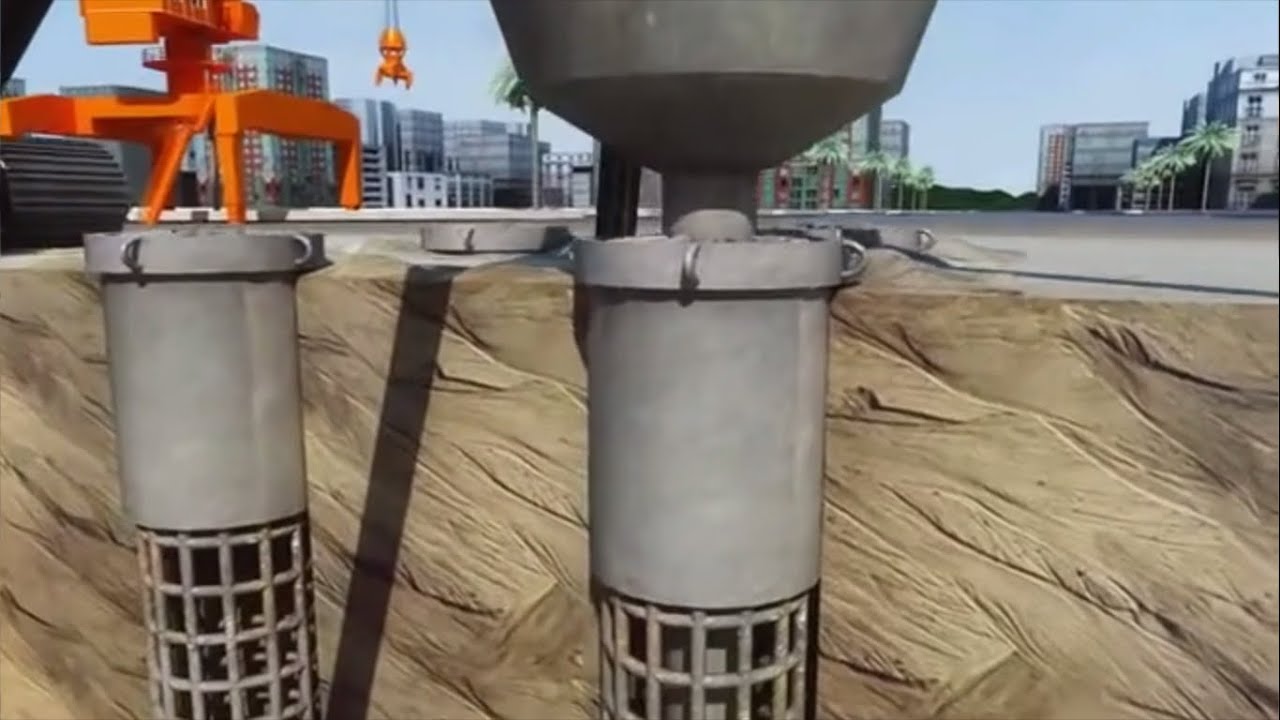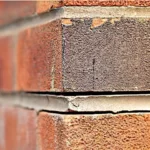Construction techniques for Cast-in-Situ reinforced concrete pile
A pile foundation is considered for construction whenever the structure’s burden is substantial, and the subsoil is thick and weak. It is a form of deep foundation that transfers the load of the superstructure through the weak soil strata to a rigid layer.
Pile construction can either occur on-site or be precast and transported to the construction site. Construction of cast-in-place piles involves excavating a borehole, installing a reinforcement cage, and pouring concrete.
For the construction of cast-in-situ concrete piles, several pile construction techniques such as rotary drilling with Kelly (a type of drilling tubing), twin rotary drilling, and auger cast-in-situ are available.
Construction Techniques for Cast-in Situ Reinforced Concrete Pile
Rotary Drilling with Kelly, Borehole Supported by Casing
This method uses rotary drilling to excavate a borehole, and a casing supports its sides.
The casing is a steel tube with a diameter slightly greater than the pile diameter, driven into the ground using a rotary drive before the drilling operation begins.
This technique is suitable for all types of soils and constricted construction sites. One of the outstanding advantages is that it doesn’t produce vibrations during drilling.
The diameter of the pile ranges from 60 cm to 180 cm. The depth of the pile is 40 m, with the possibility of reaching greater depths.
Rotary Drilling with Kelly, Borehole Supported by Hydrostatic Pressure.
In this technique, rotary drilling is used to excavate the borehole, but bentonite solution or polymer slurry is employed to support the wall of the borehole.
A short-length casing is used at the beginning of the work to guide the excavator, and a bucket extracts the excavation spoil.
This construction method is suitable for all types of soils, large pile diameters and depths, and vertical piles.
The drilling operation, again, is free from vibrations, and the depth of the pile could be around 40 m or deeper, and its diameter ranges from 40 cm to 240 cm.
Rotary Drilling Using Twin Rotary Head.
Counter-rotating twin drives enable contractors to carry out continuous flight auger drilling and install casing simultaneously. It is appropriate for all types of soil on constricted sites and can be installed against existing walls.
The construction machinery generates no vibration, which is a desirable feature, especially in urban areas. The depth of the pile reaches around 15 m, and its diameter is between 63 cm to 88 cm.
Auger Cast-In-Situ Pile
Auger cast-in-situ pile is suitable for all kinds of soil and construction sites with limited space. It is vibration free, and a depth of around 18 m can is easily accessible. The diameter of the auger cast-in-situ pile ranges from 40 cm to 100 cm.
Displacement Pile Construction
Displacement pile is one of the unique pile construction methods, which is suitable for contaminated soil to prevent disposal of drill spoil. It is also suitable for soft soil and constricted construction sites.
Special features of displacement piles are high bearing capacity due to compaction of skin soil, avoiding drilling spoil, high performance, and reduced concrete utilization compared to auger cast-in-situ piles.
The drilling diameter is 42 cm, 51 cm, and 61 cm, and the pile depth is around 34 m.
Disclaimer: This content is provided solely for your review. Erusu Consultants takes no liability for this article. The reader is advised to form their own opinion. Please consult a Structural Engineer before making any final decisions.






